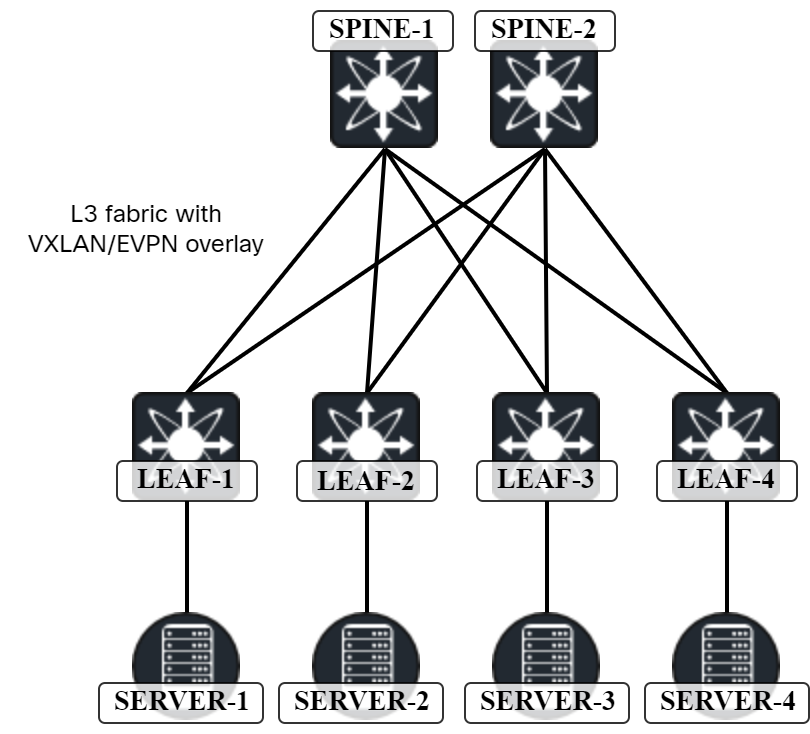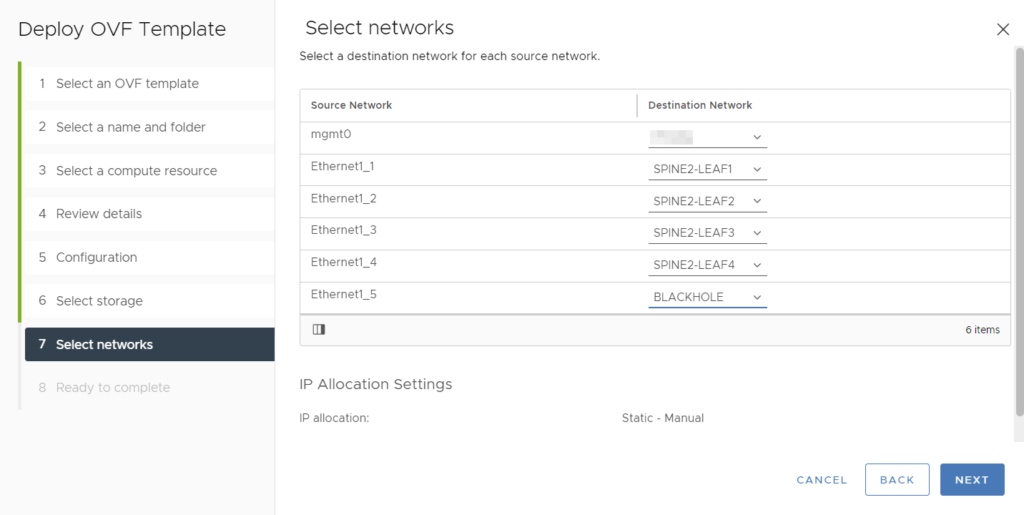An August reading list about online security and 2023 attacks landscape


In 2023, cybersecurity continues to be in most cases a need-to-have for those who don’t want to take chances on getting caught in a cyberattack and its consequences. Attacks have gotten more sophisticated, while conflicts (online and offline, and at the same time) continue, including in Ukraine. Governments have heightened their cyber warnings and put together strategies, including around critical infrastructure (including health and education). All of this, at a time when there were never so many online risks, but also people online — over five billion in July 2023, 64.5% of the now eight billion that are the world’s total population.
Here we take a look at what we’ve been discussing in 2023, so far, in our Cloudflare blog related to attacks and online security in general, with several August reading list suggestions. From new trends, products, initiatives or partnerships, including AI service safety, to record-breaking blocked cyberattacks. On that note, our AI hub (ai.cloudflare.com) was just launched.
Throughout the year, Cloudflare has continued to onboard customers while they were being attacked, and we have provided protection to many others, including once.net, responsible for the 2023 Eurovision Song Contest online voting system Continue reading
Network Break 443: Nuclear DCs, Mobile Cars, Fibrechannel, Open Source And Cheese
We’ve got more durm and strang in open source license debate, cars that don't work wihtout a network, something mumble something Fibrechannel, a security acquisition by Check Point, cheesy microchips and more.
The post Network Break 443: Nuclear DCs, Mobile Cars, Fibrechannel, Open Source And Cheese appeared first on Packet Pushers.
Network Break 443: Nuclear DCs, Mobile Cars, Fibrechannel, Open Source And Cheese
We’ve got more durm and strang in open source license debate, cars that don't work wihtout a network, something mumble something Fibrechannel, a security acquisition by Check Point, cheesy microchips and more.netlab 1.6.1: BGP Reports, Markdown Support
We added just a few small features in netlab release 1.6.11:
- Markdown reports: netlab report command can produce Markdown-formatted reports, making it extremely easy to include them in your documentation (assuming you’re using Markdown to write it)
- If you’re using BGP in your labs, you can generate reports on BGP autonomous systems and BGP neighbors.
- I made locations of default files configurable. I’m using this feature in large projects where I want to have a shared set of project-wide defaults for topologies stored in different directories.
netlab 1.6.1: BGP Reports, Markdown Support
We added just a few small features in netlab release 1.6.11:
- Markdown reports: netlab report command can produce Markdown-formatted reports, making it extremely easy to include them in your documentation (assuming you’re using Markdown to write it)
- If you’re using BGP in your labs, you can generate reports on BGP autonomous systems and BGP neighbors.
- I made locations of default files configurable. I’m using this feature in large projects where I want to have a shared set of project-wide defaults for topologies stored in different directories.
Building a VXLAN Lab Using Nexus9000v
As I dive into the world of VXLAN, I will need a lab as that is the best way to deepen the learning process and to get hands-on experience with a protocol. I will be building a Cisco Nexus9000v lab in VMware ESX but the same images can be used in CML, EveNG, GNS3, etc. The lab is based on the following topology:

The specific platform I’ll use is the Nexus9300v which has the following requirements:
- 1 vCPU (2 recommended).
- 10 GB of RAM (12 GB recommended).
Note that there is also a Nexus9500v image which is a 16-slot modular chassis. As I have no need for multiple slots, and it requires more CPUs, I will not be using this image.
The specific image I am using is nexus9300v64.10.2.5.M.ova, which is NX-OS version 10.2.5.
Deploying the OVA can take some time but is otherwise straightforward. Refer to my post on caveats for more details.
I have mapped the different NICs to different port groups:

The mgmt0 interface is mapped to my management network so that I can SSH to the devices. I have also created specific port groups for the interconnections between leaf Continue reading
Hedge 191: Power in the Data Center with Sarah Martin
While power is crucial for data centers, it’s also something network engineers don’t talk about a lot. In this episode of the Hedge, Sarah Martin from HED Design joins us to talk about the history, current state, and future of power in data centers.
Heavy Networking 695: Automating Network And Firewall Operations With BackBox (Sponsored)
On today's Heavy Networking we explore network and firewall automation with sponsor BackBox. BackBox has developed a platform that aims to deliver practical automation out of the box. We get under the hood to understand how it works, what it delivers, and how it addresses the challenges of network and security operations.
The post Heavy Networking 695: Automating Network And Firewall Operations With BackBox (Sponsored) appeared first on Packet Pushers.
Heavy Networking 695: Automating Network And Firewall Operations With BackBox (Sponsored)
On today's Heavy Networking we explore network and firewall automation with sponsor BackBox. BackBox has developed a platform that aims to deliver practical automation out of the box. We get under the hood to understand how it works, what it delivers, and how it addresses the challenges of network and security operations.Fireside Chat: Enabling Network Resilience with Google’s Lihi Shadmi
Google’s Lihi Shadmi delivers a fireside chat during our 'Network Resilience Boot Camp' presented by Data Center Knowledge and Network Computing. This excerpt is from our live 'Network Resilience Boot Camp' virtual event moderated by Bonnie D. Graham on June 29, 2023.Caveats When Deploying Nexus9000v
As I’m building a VXLAN lab based on Nexus9000v, I ran into some caveats while deploying. Some things are related to ESX (vSphere) only while others apply to also other platforms.
The boot process for Nexus9000v is a bit special. It requires using a serial console to access switch prompt and from there booting the NX-OS image. There are a few steps to enable this in vCenter. For the VM that was deployed using the OVA, edit settings of the VM and go to Virtual Hardware -> Serial port 1:

Use the following settings:
- Use Network.
- Direction – Server.
- Port URI – telnet://<portnumber>.
Note that when selecting a port number, it must be a port above 1024.
Next, under VM Options, go to Advanced and select Edit Configuration…

Click Add Configuration Params and add the following entry:
efi.serialconsole.enabled with a value of TRUE:

The server also needs to have firewall ports open. This is done by going to Configure -> System -> Firewall:

Make sure that VM serial port is enabled.
Then, power on the device which will boot to Loader. Boot on the image stored on bootflash:
Loader Version 5.9.3.94 loader Continue reading
Getting Comfortable with the Command Line
More than a dozen years after the SDN brouhaha erupted, some people still haven’t got the memo on the obsolescence of CLI. For example, Julia Evans tries to make people comfortable with the command line. Has nobody told her it’s like teaching COBOL?
On a more serious note: you OUGHT TO master Linux CLI and be comfortable using CLI commands on network devices and servers. Her article has tons of useful tips and is definitely worth reading.
Getting Comfortable with the Command Line
More than a dozen years after the SDN brouhaha erupted, some people still haven’t got the memo on the obsolescence of CLI. For example, Julia Evans tries to make people comfortable with the command line. Has nobody told her it’s like teaching COBOL?
On a more serious note: you OUGHT TO master Linux CLI and be comfortable using CLI commands on network devices and servers. Her article has tons of useful tips and is definitely worth reading.
Experience Innovations in Multi-cloud Networking and Security at VMware Explore 2023
We’re thrilled to invite you to VMware Explore in Las Vegas, where we’ll be showcasing the latest innovations in multi-cloud network security and redefining perceptions of managing cloud infrastructure.
Keep reading for a sneak peek at what you’ll find at VMware Explore 2023 in the realm of multi-cloud networking and security. Below, we describe the live demos and other events you can look forward to by connecting with us at Booth #305.

Multi-cloud networking and security with NSX: An overview
The technologies we’ll showcase at VMware Explore are part of VMware NSX.
With NSX, you can deploy workloads automatically without opening tickets and get end-to-end visibility across private, hybrid, and multi-clouds. Moreover, NSX’s security features can help strengthen your ransomware defenses and detect and evict threats in your private, hybrid, and multi-cloud environments with strong lateral security. In fact, NSX is the industry’s only network virtualization platform with full stack L2-L7 integrated networking to connect, protect, and scale your infrastructure running across clouds.
But don’t just take our word for it. Come check out our demos by visiting us at booth #305 at VMware Explore or in our virtual booth at https://engage.vmware.com/explore2023, where we cover a wide Continue reading